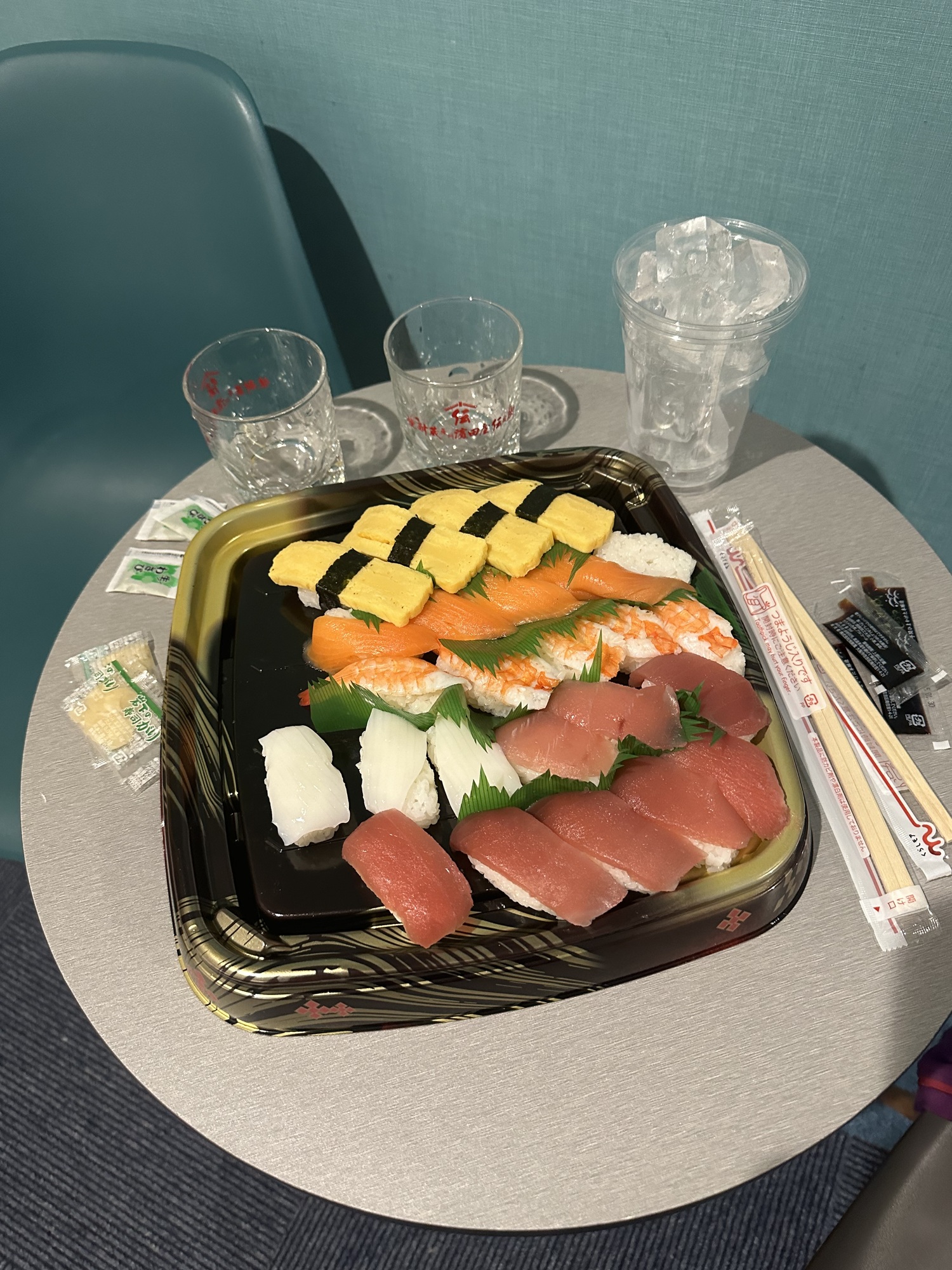What is New Years like in Japan?
Today’s entry will be a short one. We hope you enjoy our observations of this special day and what we have learned about the significance of the New Year in Japan.
We had a mellow day enjoying the New Year and being in Japan celebrating it. The busy place of course was the Shrine which had a huge lineup, extending down the street. Families wait patiently for their opportunity to walk up the long flight of stairs and have their time at the Shrine and Temple. One of the customs is to bring the charms and amulets they have collected over the year. They leave them in collective boxes and they are later burned. Then you pick up your yearly Omamori (amulet) which provides protection and luck.

| Heart | 0 | Comment | 0 | Link |
Visiting the Shrine and Temple on New Year’s Day, people are here for Hatsumode, a way to pray for good fortune and the year ahead. The Shrines and Temples are beautifully adorned. There is a deep sense of community as people come together to share this welcome of the new year. This tradition is not only about seeking blessing for the future, but also showing gratitude for the past year’s blessings and experiences.
It is traditional for Japanese families to get together and eat Soba noodles which symbolizes longevity, a long and prosperous life. New Year’s Eve is all about staying up late….and crossing over to the next year. The first sunrise is highly significant. It is believed to have special powers and bring good fortune.

| Heart | 1 | Comment | 0 | Link |

| Heart | 0 | Comment | 0 | Link |

| Heart | 0 | Comment | 0 | Link |
Otoshidama refers to a Japanese tradition that all children look forward to every year. Children receive small envelopes with some cash from their parents and close relatives. The reason is to teach children to be financially responsible.

| Heart | 0 | Comment | 0 | Link |
New Year decorations are usually left up until Jan 7 and on Jan 15 Oshogatsu takes place throughout Japan. On that day there is a fire festival and the New Year decorations are burned. As well, the Japanese god of New Year, Toshigsmi is sent back to heaven until the next New Year.
In order to start of the year with a fresh mind, families and the kids come together to clean up the entire house and property. This is called Osoji.
Around midnight on New Year’s Eve, you can hear bells ringing. It is struck 108 times signifying the belief in Buddhism that human beings are plagued by 108 earthly desires and feelings which can bring out anger and jealousy. Each strike of the bell removes one troubling desire or feeling.

| Heart | 0 | Comment | 0 | Link |
Lotus root is another food eaten at New Year as it represents a hope for a good and happy future without obstacles ahead. This is because, one can see through the holes in lotus root without obstacles.

| Heart | 1 | Comment | 0 | Link |
Today's ride: 10 km (6 miles)
Total: 1,860 km (1,155 miles)
| Rate this entry's writing | Heart | 4 |
| Comment on this entry | Comment | 0 |


